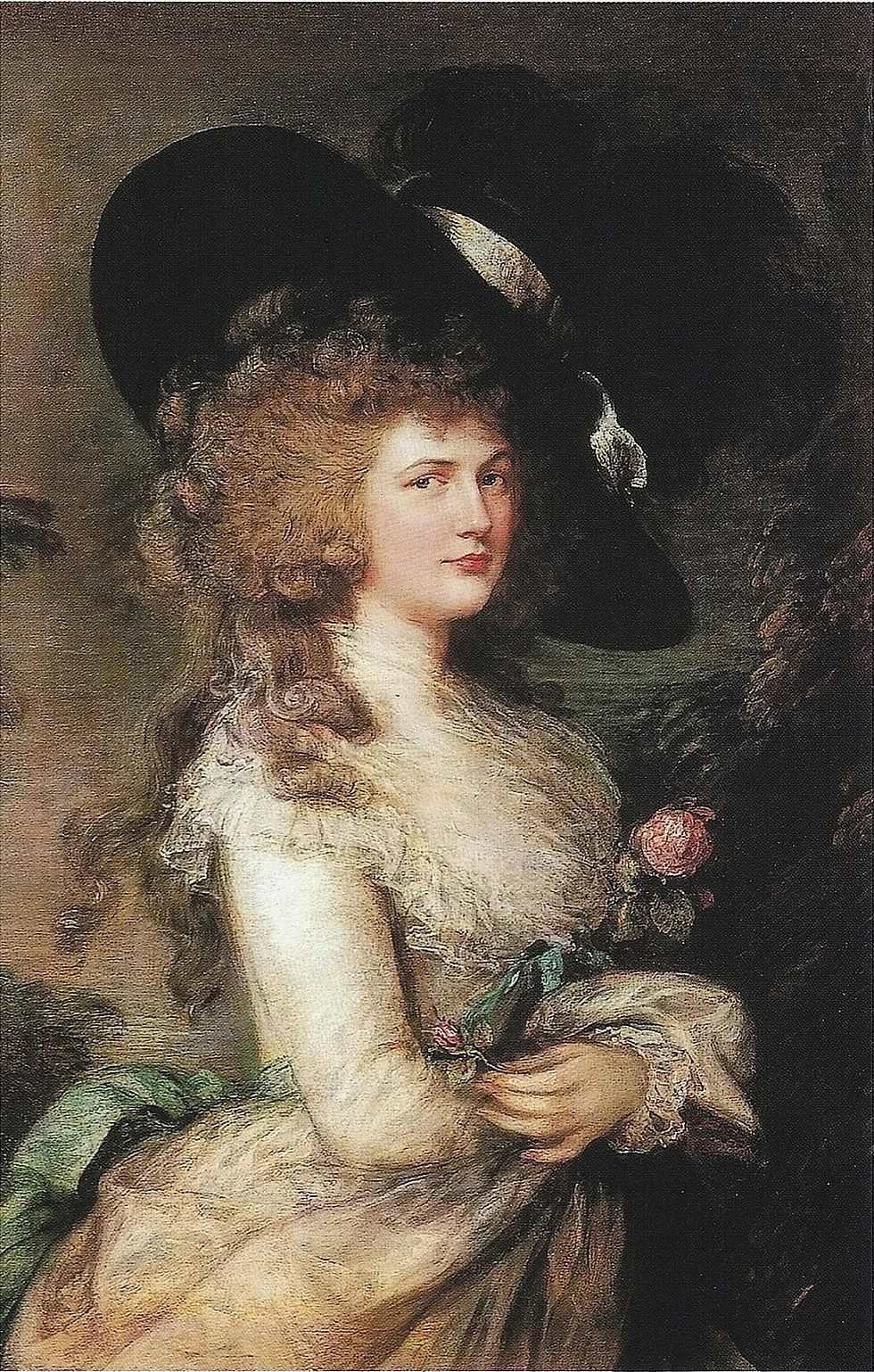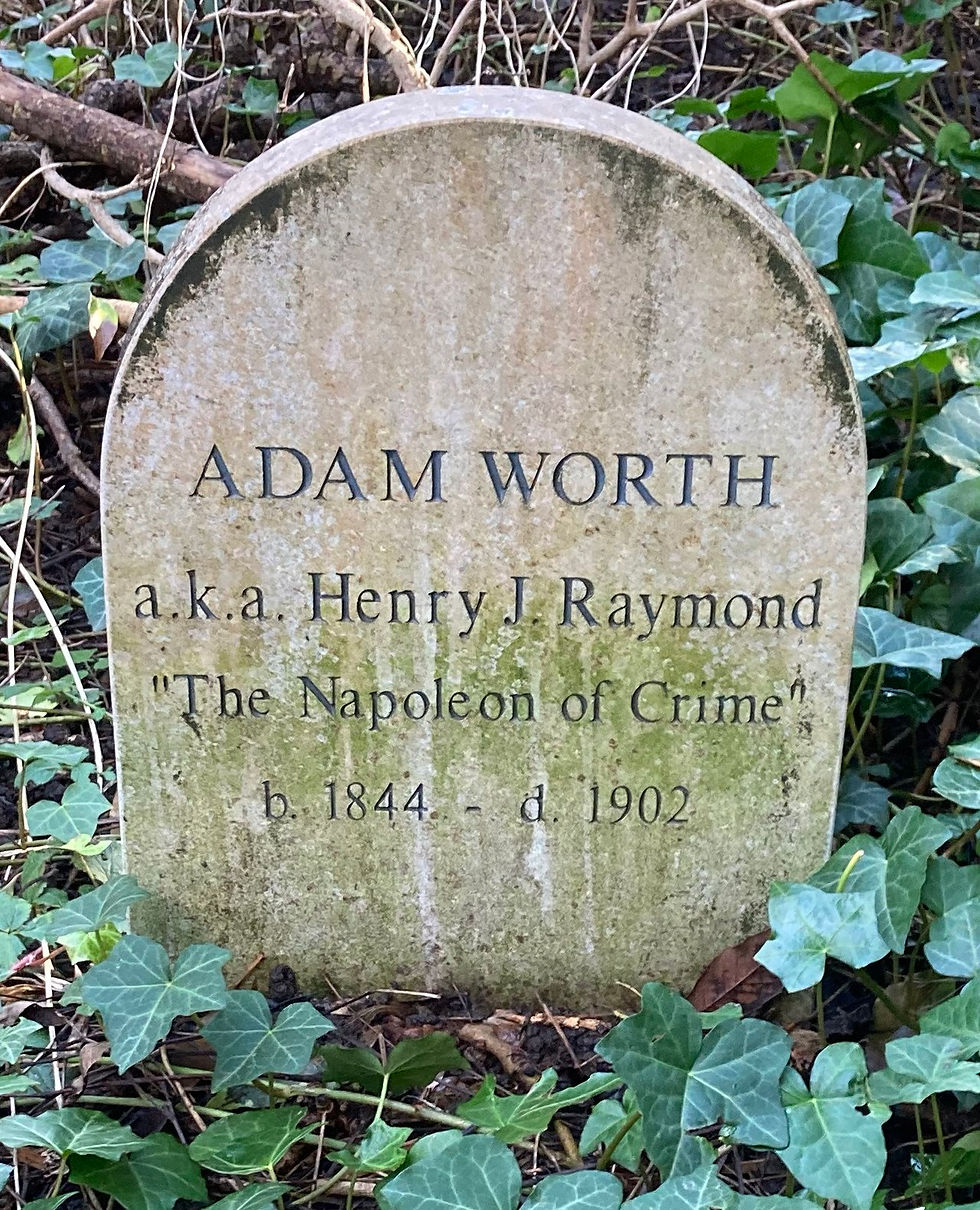Adam Worth: The Real-Life 'Napoleon of Crime'
- dthholland
- Jun 26, 2024
- 7 min read

When Sir Arthur Conan Doyle created the character of Professor James Moriarty, he wasn't crafting a purely fictional villain. Instead, Doyle drew inspiration from the notorious criminal mastermind, Adam Worth, a man who earned the moniker "Napoleon of Crime" from Scotland Yard detective Robert Anderson. Worth's life was a blend of audacious heists, ingenious escapes, and a criminal network that spanned continents. This detailed exploration delves into the life and crimes of Adam Worth, illustrating why he remains one of history's most fascinating outlaws.
Early Life: From Modest Beginnings to Civil War Soldier
Adam Worth was born on February 18, 1844, in Germany, and emigrated with his family to Cambridge, Massachusetts, in the early 1850s. His early life was relatively unremarkable, marked by a lack of economic stability. However, the outbreak of the American Civil War in 1861 provided Worth with an unexpected opportunity. At the tender age of 17, he enlisted in the Union Army, where he quickly proved himself a capable soldier.

Yet, it was here that Worth's life took a fateful turn. After being mistakenly reported as killed in action at the Battle of the Wilderness in 1864, Worth deserted the army and turned to a life of crime, beginning with bounty jumping—a practice where he would enlist, collect the enlistment bonus, and then desert, only to reenlist elsewhere under a different name.
Rise to Infamy: The Birth of a Criminal Genius
Worth turned into a bounty jumper, enrolling in different regiments using fake names to collect his bounty before deserting. When the Pinkerton Detective Agency started pursuing him, like many others employing similar tactics, he fled from New York City and headed to Portsmouth, UK.
Following the war, Worth became a pickpocket in New York. Eventually, he established his own pickpocket gang and began orchestrating thefts and heists. Upon being apprehended for stealing the cash box of an Adams Express wagon, he was sentenced to three years in Sing Sing prison. He managed to escape shortly after and resumed his criminal activities.
Worth started working for the well-known fence and criminal organiser Fredericka "Marm" Mandelbaum. With her assistance, he ventured into bank and store robberies around 1866, eventually devising his own robbery schemes. In 1869, he assisted Mandelbaum in freeing safecracker Charley Bullard from the White Plains Jail through an underground passage.
Together with Bullard, Worth looted the vault of the Boylston National Bank in Boston on 20 November 1869, once again utilising a tunnel, this time from an adjacent shop. The bank notified the Pinkertons, who traced the shipment of trunks that Worth and Bullard had used to transport the stolen goods to New York. Worth made the decision to relocate to Europe with Bullard.
Bullard and Worth initially traveled to Liverpool. Bullard assumed the persona of "Charles H. Wells", a Texan oilman, while Worth adopted the identity of financier "Henry Judson Raymond", a name he borrowed from the late founder editor of The New York Times, and continued to use for years. They both vied for the attention of a barmaid named Kitty Flynn, who eventually discovered their true identities. Although Kitty became Bullard's wife, she also maintained a relationship with Worth.
In October 1870, Kitty gave birth to a daughter, Lucy Adeleine, and seven years later had another daughter named Katherine Louise. The paternity of these two girls remains uncertain, with conflicting claims from Bullard and Worth. William Pinkerton, a detective with Pinkerton and son of Allan Pinkerton, believed that Worth fathered both of Kitty's daughters.
During the Bullards' honeymoon, Worth began to burglarise local pawnshops. He then shared the stolen goods with Bullard and Flynn upon their return, and the trio relocated to Paris in 1871.
In Paris, the police force was still in disarray following the Paris Commune. Worth and his associates established an "American Bar" with a restaurant and bar on the ground floor and a hidden gambling den on the upper floor. To evade the law, the gambling tables were designed to be concealed within the walls and floor, with a buzzer signaling customers of any impending police raids. Worth assembled a new group of accomplices, including some from his past in New York.
When William Pinkerton visited the establishment in 1873, Worth recognised him. Subsequently, the Paris police conducted several raids on the premises, prompting Worth and the Bullards to abandon the business. Worth's final act at the location involved defrauding a diamond dealer before they all relocated to London.
Escapades in London
In England, Worth and his group acquired Western Lodge in Clapham Common. He also rented a flat in Mayfair and became part of the upper class. Establishing his own criminal network, he orchestrated significant thefts and break-ins through various intermediaries. Those involved in his operations were unaware of his identity, and he strictly prohibited the use of violence among his subordinates.
Over time, Scotland Yard uncovered Worth's network, although they initially lacked evidence. Inspector John Shore took on Worth's apprehension as a personal mission.
Troubles arose when Worth's brother John was caught attempting to cash a forged check in Paris, leading to his arrest and extradition to England. Worth successfully cleared his name and arranged for his return to the United States. Meanwhile, four of his associates were apprehended in Istanbul for distributing additional forged letters of credit, necessitating a substantial sum to bribe the officials. Bullard's behavior became increasingly aggressive due to his worsening alcoholism, prompting his departure for New York, soon followed by Kitty.
In 1876, Worth personally took Thomas Gainsborough's recently rediscovered painting of Georgiana Cavendish, Duchess of Devonshire from a London gallery of Thomas Agnew & Sons with the assistance of two accomplices. He kept the painting for himself and did not attempt to sell it. The two men involved in the theft, Junka Phillips and Little Joe, became impatient. Phillips tried to provoke Worth into discussing the theft in front of a police informant, leading Worth to dismiss him.

Worth provided money to Little Joe to return to the United States, where he attempted to rob the Union Trust Company, got caught, and cooperated with the Pinkertons. The Pinkertons informed Scotland Yard, but there was still insufficient evidence to incriminate Worth. Despite his criminal activities, Worth carried the painting with him during his travels and criminal enterprises. He later journeyed to South Africa, where he stole uncut diamonds valued at $500,000.
Upon returning to London, he established Wynert & Company, a business that sold diamonds at competitive prices. In the 1880s, Worth wed Louise Margaret Boljahn under the alias Henry Raymond, while they had a son named Henry and a daughter named Beatrice. It is possible that his wife was unaware of his true identity. Worth smuggled the painting to the United States and left it there.
In 1892, Worth made a trip to Belgium to see Bullard, who was imprisoned there. Bullard had been collaborating with Max Shinburn, Worth's competitor, when they were both apprehended by the police. There were rumours that Bullard had passed away.
On 5 October, Worth orchestrated a robbery of a money transport in Liège with two inexperienced accomplices, one of whom was Johnny Curtin from America. The robbery was unsuccessful, leading to Worth's immediate arrest while the other two managed to escape. While in custody, Worth refused to reveal his identity, prompting Belgian authorities to seek information internationally. Both the New York Police Department and Scotland Yard positively identified him as Worth, although the Pinkertons remained silent.
Meanwhile, Max Shinburn, now also in jail, cooperated with the authorities. During his imprisonment, Worth received no news about his family in London but received a letter from Kitty Flynn, offering to support his legal defence.
The Trial Begins
On 20 March 1893, Worth's trial took place. The prosecutor presented all the information he had on Worth. Worth firmly denied any involvement in the various crimes, stating that the last robbery was a desperate action driven by financial need. He dismissed all other allegations, including those from British and American authorities, as mere rumours. Worth insisted that his wealth was the result of legal gambling. Ultimately, he was convicted of robbery and sentenced to seven years in Leuven prison.
During his first year behind bars, Worth was targeted by Shinburn, who paid other prisoners to assault him. Subsequently, Worth learned that Johnny Curtin, entrusted with looking after his wife, had betrayed her after seducing her, leading to her institutionalisation. Meanwhile, his children were under the guardianship of his brother John in the United States.
In 1897, Worth was released early due to good behaviour. Upon his return to London, he stole £4,000 from a diamond shop to secure funds. His visit to his wife in the asylum revealed she barely recognised him. After traveling to New York to see his children, he met with William Pinkerton and recounted the detailed events of his life. The manuscript that Pinkerton penned after Worth's departure is still kept in the archives of the Pinkerton Detective Agency in Van Nuys, California.
Through Pinkerton, Worth orchestrated the return of the painting Duchess of Devonshire to Agnew & Sons in exchange for $25,000. The exchange of the portrait and payment took place in Chicago on 28 March 1901. Worth then returned to London with his children and spent the remainder of his days with them. He reportedly lived lavishly from the profits of his work as a receiver for an international agency of thieves. His son leveraged an agreement between his father and William Pinkerton to pursue a career as a Pinkerton detective.
Adam Worth passed away on 8 January 1902 and was laid to rest in Highgate Cemetery in a communal pauper's grave under the alias "Henry J. Raymond". A modest tombstone was erected at his burial site in 1997.

Sources
1. Macintyre, Ben. The Napoleon of Crime: The Life and Times of Adam Worth, Master Thief. Crown, 1997.
2. Anderson, Robert. The Lighter Side of My Official Life. Hodder & Stoughton, 1910.
3. Wilson, Colin. A Criminal History of Mankind. Mercury House, 1984.
4. Emsley, Clive. Crime and Society in England: 1750–1900. Longman, 1987.
5. Inwood, Stephen. A History of London. Macmillan, 1998.
















































